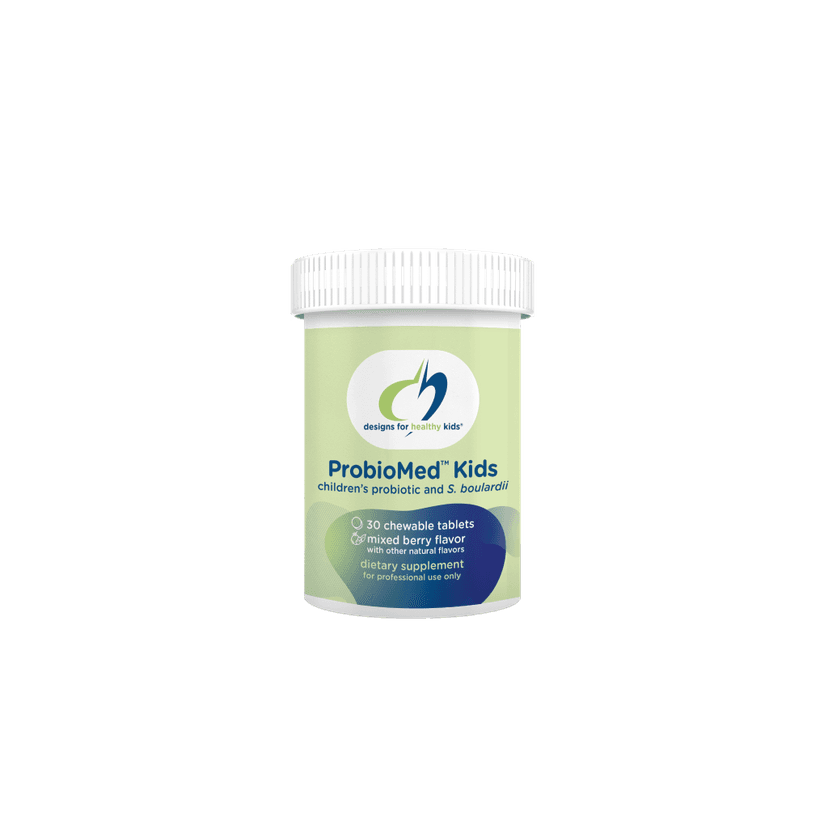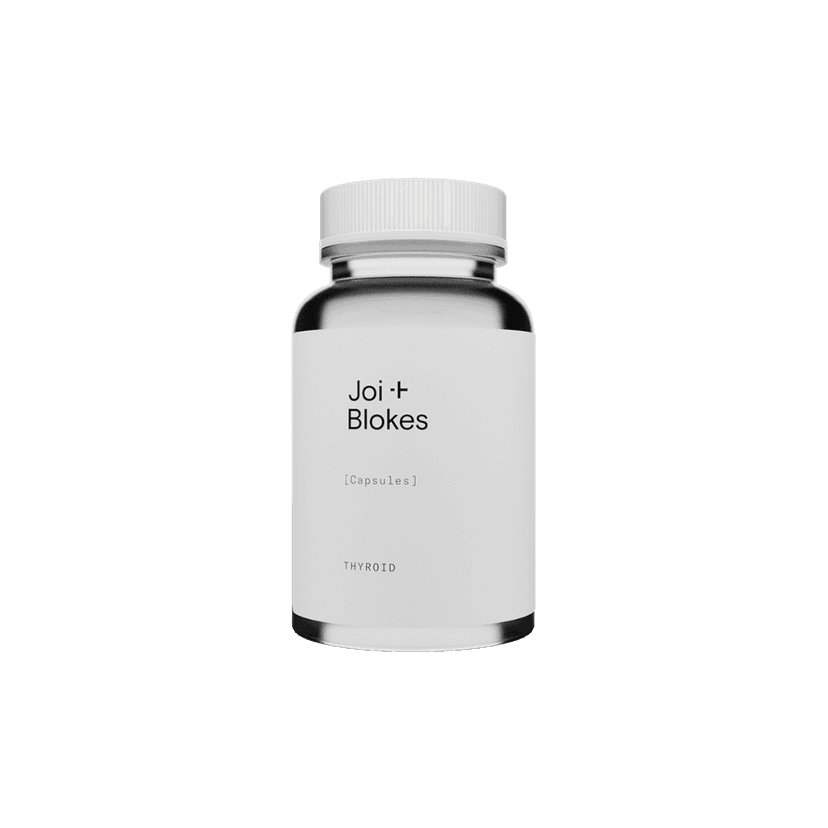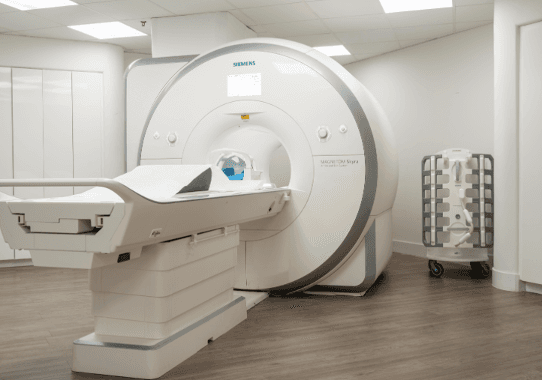Mitochondria are tiny parts of our cells that are often called the "powerhouses" because they make energy. They play a big role in how our cells work and even how we age. In this article, we will explore what mitochondria are made of, how they produce energy, and their role in aging and diseases.
Key Takeaways
- Mitochondria are known as the powerhouses of the cell because they produce energy.
- They have their own DNA, which is different from the DNA in the cell's nucleus.
- Mitochondria are involved in many important processes, including energy production, metabolism, and cell death.
- Problems with mitochondria can lead to diseases and affect the aging process.
- Mitochondria are inherited from our mothers and can be linked to genetic disorders.
The Structure of Mitochondria
Inner and Outer Membranes
Mitochondria have two membranes. The outer membrane is smooth and covers the organelle. The inner membrane is folded into structures called cristae. These folds increase the surface area for chemical reactions. The space between the two membranes is called the intermembrane space.
Mitochondrial DNA
Mitochondria have their own DNA, separate from the cell's nuclear DNA. This DNA is circular and contains genes important for the mitochondrion's function. Mitochondrial DNA is inherited only from the mother.
Cristae and Matrix
The inner membrane's folds, called cristae, create more space for reactions to happen. Inside the inner membrane is the matrix, a fluid that contains enzymes, mitochondrial DNA, and ribosomes. The matrix is where many important processes, like the Krebs cycle, take place.
Understanding the structure of mitochondria helps us learn how they produce energy and support cell function.
Energy Production in Mitochondria
The Role of ATP
Adenosine triphosphate (ATP) is the main energy currency of the cell. Mitochondria produce most of the ATP used by cells. This energy is essential for various cellular activities, including muscle contraction and protein synthesis.
Oxidative Phosphorylation
Oxidative phosphorylation is a process that happens in the mitochondria. It involves the transfer of electrons through a series of proteins and enzymes. This process generates a proton gradient that drives the production of ATP.
Electron Transport Chain
The electron transport chain (ETC) is a series of protein complexes located in the inner mitochondrial membrane. Electrons are passed along these complexes, releasing energy that pumps protons across the membrane. This creates a gradient used by ATP synthase to produce ATP. The ETC is crucial for efficient energy production in cells.
Mitochondrial Biogenesis and Dynamics
Mitochondrial Fission and Fusion
Mitochondria are dynamic structures that constantly change their shape through processes called fission and fusion. Fission is when a single mitochondrion splits into two, while fusion is when two mitochondria join together. These processes help maintain the health of the cell by removing damaged parts and mixing the contents of mitochondria.
Regulation of Biogenesis
Mitochondrial biogenesis is the process by which new mitochondria are made in the cell. This process is controlled by various signals and proteins that respond to the cell's energy needs. When the cell needs more energy, it can make more mitochondria to meet this demand.
Impact on Cellular Function
The number and health of mitochondria in a cell can greatly affect how well the cell functions. Healthy mitochondria provide the energy needed for the cell to perform its tasks. If mitochondria are not working well, the cell may not have enough energy, which can lead to various problems and diseases.
Mitochondrial biogenesis and dynamics are crucial for keeping cells healthy and functioning properly. Without these processes, cells would struggle to meet their energy needs and remove damaged components.
Mitochondria and Cellular Metabolism
Metabolic Pathways
Mitochondria are central to many metabolic pathways. They help break down nutrients to produce energy. This process is called cellular respiration. Mitochondria convert glucose and oxygen into ATP, the cell's main energy source. This energy powers various cellular activities.
Role in Metabolic Diseases
When mitochondria don't work well, it can lead to metabolic diseases. These include diabetes and obesity. Mitochondrial dysfunction can disrupt energy production. This can cause cells to work less efficiently. It can also lead to the buildup of harmful substances.
Interplay with Other Organelles
Mitochondria interact with other organelles in the cell. They work closely with the endoplasmic reticulum (ER). This partnership helps in calcium signaling and lipid metabolism. Mitochondria also communicate with the nucleus. This helps regulate gene expression and cell survival.
Mitochondria are not just powerhouses; they are also key players in maintaining cellular health and function.
Mitochondrial Dysfunction and Aging
Causes of Mitochondrial Dysfunction
Mitochondrial dysfunction can arise from various factors, including genetic mutations, environmental stressors, and lifestyle choices. These factors can damage the mitochondrial DNA (mtDNA) or impair the function of proteins involved in energy production. Over time, these damages accumulate, leading to a decline in mitochondrial efficiency.
Impact on Aging Process
As mitochondria become less efficient, cells struggle to produce the energy needed for normal functions. This energy deficit can lead to cellular damage and contribute to the aging process. Some common signs of aging linked to mitochondrial dysfunction include reduced muscle strength, cognitive decline, and slower wound healing.
Potential Therapeutic Interventions
Researchers are exploring various strategies to combat mitochondrial dysfunction and its effects on aging. Potential interventions include:
- Antioxidants: These compounds can help neutralize harmful free radicals that damage mitochondria.
- Exercise: Regular physical activity has been shown to boost mitochondrial function and biogenesis.
- Dietary Supplements: Certain nutrients, like Coenzyme Q10 and NAD+, may support mitochondrial health.
Addressing mitochondrial dysfunction could be key to slowing down the aging process and improving overall health. Ongoing research aims to find effective treatments to maintain mitochondrial function as we age.
Mitochondrial Role in Apoptosis
Mechanisms of Apoptosis
Apoptosis, or programmed cell death, is a vital process in maintaining the health of an organism. Mitochondria play a crucial role in this process by releasing factors that trigger cell death. One key event is the release of cytochrome c from the mitochondria into the cytoplasm, which then activates a cascade of enzymes called caspases. These caspases break down cellular components, leading to the orderly dismantling of the cell.
Mitochondrial Pathways
There are two main pathways for apoptosis: the intrinsic and extrinsic pathways. The intrinsic pathway is directly related to mitochondrial function. When a cell is stressed or damaged, proteins like Bax and Bak form pores in the mitochondrial membrane, causing the release of cytochrome c. This release is a critical step in the intrinsic pathway and leads to the activation of caspases. The extrinsic pathway, on the other hand, is initiated by external signals binding to death receptors on the cell surface.
Implications for Disease
Dysregulation of apoptosis can lead to various diseases. For example, excessive apoptosis can result in neurodegenerative diseases like Alzheimer's, where too many neurons die. Conversely, insufficient apoptosis can lead to cancer, as cells that should die continue to survive and proliferate. Understanding the role of mitochondria in apoptosis is crucial for developing therapies for these conditions.
Mitochondria are not just the powerhouses of the cell; they are also gatekeepers of cell fate, playing a pivotal role in deciding whether a cell lives or dies.
Mitochondrial Inheritance and Genetic Disorders
Maternal Inheritance
Mitochondria are unique because they are inherited only from the mother. This is different from most other genes, which come from both parents. This special type of inheritance means that any mutations in mitochondrial DNA (mtDNA) are passed directly from mother to child.
Common Genetic Disorders
There are several disorders linked to problems with mitochondrial DNA. Some of the most common ones include:
- Leber's Hereditary Optic Neuropathy (LHON): This affects vision and can lead to blindness.
- Mitochondrial Myopathy: This causes muscle weakness and exercise intolerance.
- MELAS Syndrome: This stands for Mitochondrial Encephalomyopathy, Lactic Acidosis, and Stroke-like episodes.
Diagnostic and Treatment Approaches
Diagnosing mitochondrial disorders can be tricky. Doctors often use a combination of genetic tests, muscle biopsies, and imaging studies. Treatment options are limited but may include:
- Nutritional Supplements: Coenzyme Q10 and other vitamins can sometimes help.
- Physical Therapy: Helps manage symptoms and improve quality of life.
- Medications: Some drugs can help manage symptoms, but there is no cure yet.
Mitochondrial disorders are complex and affect many parts of the body. Early diagnosis and treatment can make a big difference in managing these conditions.
Conclusion
Mitochondria are truly the powerhouses of our cells, playing a crucial role in generating energy. As we age, their function can decline, leading to various health issues. Understanding how mitochondria work and how they change over time can help us find ways to stay healthier for longer. By taking care of our bodies through good nutrition, exercise, and possibly new medical treatments, we can support our mitochondria and improve our overall well-being. The study of mitochondria is not just about tiny parts of our cells; it's about finding ways to live better and longer lives.
Frequently Asked Questions
What are mitochondria?
Mitochondria are tiny parts of cells that make energy. They are often called the powerhouses of the cell.
How do mitochondria produce energy?
Mitochondria make energy by using oxygen and nutrients to create ATP, which cells use to do their work.
What is mitochondrial DNA?
Mitochondrial DNA is a small piece of genetic material found in mitochondria. It is different from the DNA in the cell's nucleus.
Why are mitochondria important for aging?
Mitochondria are important for aging because they help cells stay healthy. When they don't work well, it can speed up aging.
What is mitochondrial dysfunction?
Mitochondrial dysfunction happens when mitochondria don't work properly. This can lead to less energy for cells and can cause diseases.
Can mitochondrial problems be treated?
Some mitochondrial problems can be treated with special diets, vitamins, or medicines. Scientists are still looking for more treatments.
























